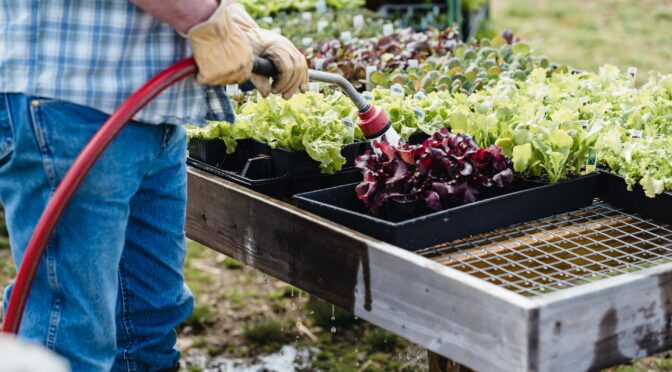A common question we get is, “I live [insert your state here}; when should I plant [insert variety here]?” As a small organization, we would need more time to answer all of these, and we’d like to enable folks to determine all their planting dates. Here’s what you need to do to determine when to start seeds, no matter where you live.
Find Your Zone
Knowing your zone will help determine your first and last estimated frost dates and average winter lows. Armed with this information, you can make better choices about starting seeds and what varieties of annuals and perennials are best suited to your climate.
Find your zone by using the USDA Plant Hardiness Zone Map.
Get Local Recommendations
If you can read this blog on a phone or computer, you can also access many personal planting charts available. Our gardener planner app provides planting dates based on your zip code. You can also find free planting dates by zip code on the Farmer’s Almanac website.
If you like books, we also recommend grabbing a local gardening guide. These typically include much more than just planting dates and can provide other handy advice for dealing with your local climate, pest issues, and soil conditions.
Most extension agencies also offer planting dates. In many cases you can get a planting calendar for your state, regions, or possibly even county from your local extension agency. They often have good advice for what varieties thrive in your area too.
Pick Your Own offers a list of agencies if you need help finding yours.
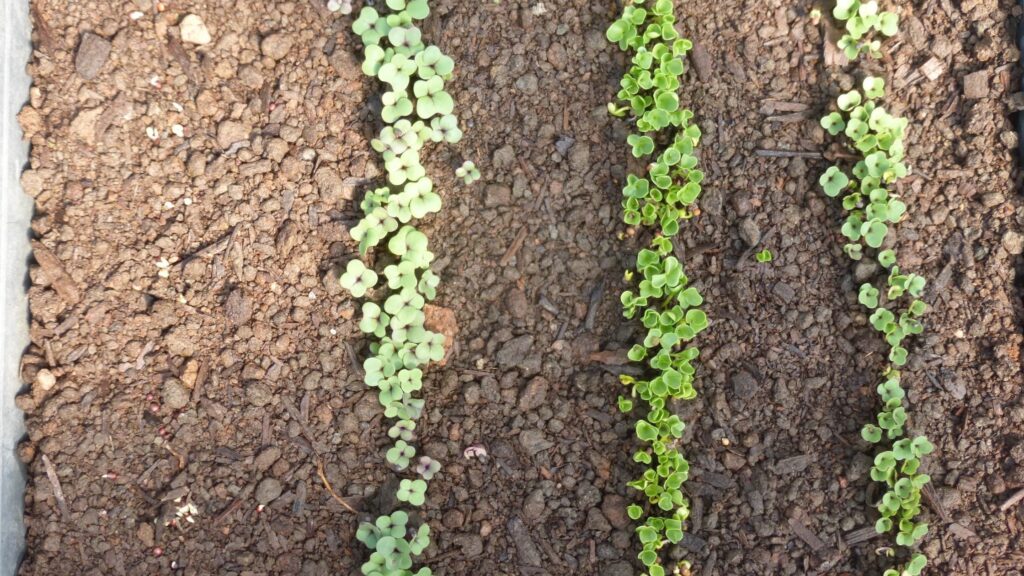 Starting Indoors: The Basics
Starting Indoors: The Basics
We recommend starting most of your seeds indoors 4 to 6 weeks before you expect to transplant them. This amount of time works well for tomatoes, sweet peppers, eggplants, collards, cabbages, broccoli, and other brassicas. Some crops like onions, hot peppers, celery, and celeriac are slower to get started, and you should start them indoors about 8-10 weeks before you want to transplant them.
Winter is tough on gardeners, and it can be tempting to begin sowing seeds indoors extra early. Unfortunately, giving the plants extra time indoors can be detrimental. If seedlings get too large, they can experience greater transplant shock and suffer damage.
Direct Sowing: The Basics
Direct sowing dates vary widely with crop type. Hardy, cool weather-loving crops like peas and spinach can be direct sown months before the heat-loving stars of summer like squash and watermelons. Some flowers are delicate and can only be direct sown after all chance of frost has passed, while some can be direct sown in the fall to overwinter and get an early spring start.
Read about your chosen varieties and look at your area’s estimated last frost date. For future years, keeping a garden journal about what you planted, when, and how it faired can be helpful.
Knowing when to start seeds doesn’t need to be guesswork. You can use these resources to start seeds at appropriate times and grow a bountiful garden.

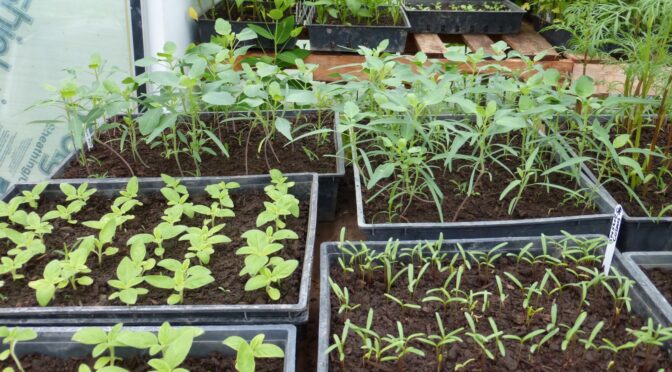
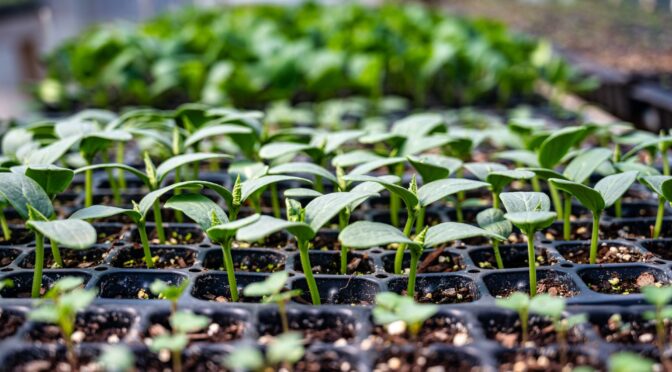
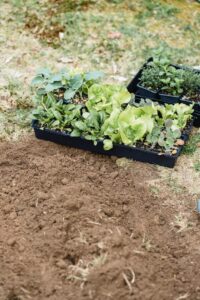 Many gardeners and farmers use a seed starting mix to sow seeds indoors. Seed-starting mixes have the advantage of being sterile, meaning your seedlings will be exposed to fewer bacterial and fungal issues while they’re first getting started. Seed-starting mixes also hold adequate moisture for seeds without getting soggy.
Many gardeners and farmers use a seed starting mix to sow seeds indoors. Seed-starting mixes have the advantage of being sterile, meaning your seedlings will be exposed to fewer bacterial and fungal issues while they’re first getting started. Seed-starting mixes also hold adequate moisture for seeds without getting soggy. 